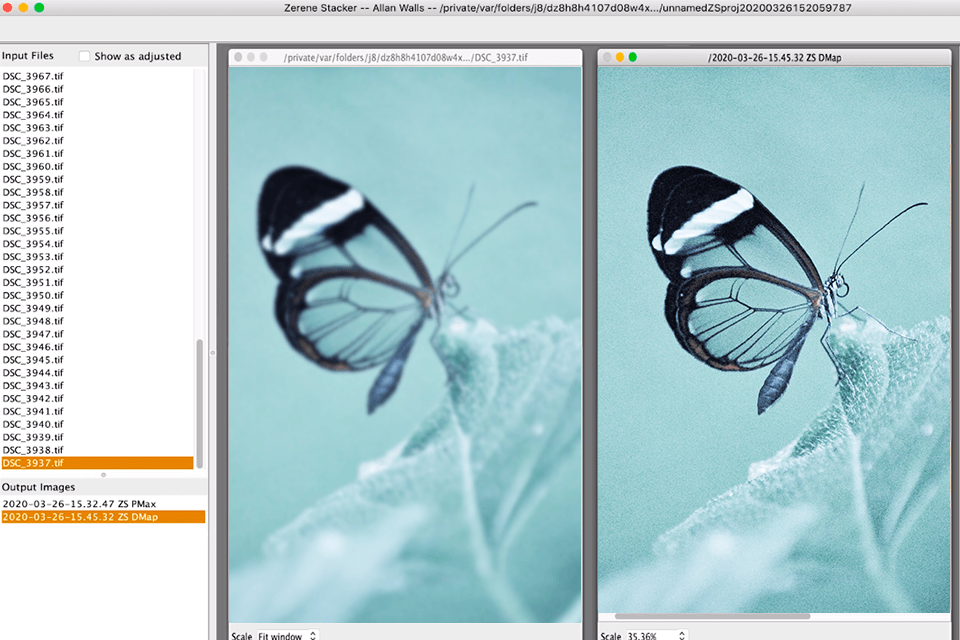

Images that show objects or people below the Kármán Line (100km) will be removed. Subscribe to our Partnered-Subreddit /r/AskAstrophotography!Īstrophotography refers to images of astronomical objects or phenomena exclusively. Those proficient in Photoshop can also stack images, but the technique is a best left for another post.Welcome to /r/astrophotography! | New? Don't forget to read the rules! | User equipment threads | Project Patchwork | Public Data thread. Each pass creates a different view of the same batch of photos, so experiment (have I mentioned that before? 🙂 ) Image Stacker will produce a jpg, bmp or tif file in the location of your choice. You may also average all the images of just use the brightest pixel from the batch to create an image. Individual starts, when moving across black sky, will combine to create the lines that are so captivating. Anything reflecting light in all images in the batch will show as especially bright in the final image.

The premise here is the program will take your batch of photos and then add them all together to render the final image. A quick Google search can provide other options as well. Astrophotographers have even more advanced tools they can suggest depending on needs. It is by no means the end all be all, however I have found it very simple to use with great results. The program I’ve found great success with is TawbaWare’s Image Stacker. Now it’s time to let a computer take over. Aperture should be as open as you can stand it based on placement of subjects and required depth of field. I’ve found optimal shutter lengths to be between 10 and 30 seconds, but some cameras work well with the shutter open for one or two minutes. For me, shots in pitch black over 30 seconds will show ‘hot spots’ on the sensor colored points that repeat in the same location picture after picture. I’ve found my camera gets increased sensor noise on longer shots. Shutter speed can be set as low (or high, depending on your point of view) as 1 second or the shutter held open for minutes at a time. At best, it means more time in post processing removing the noise.
Image stacking software iso#
If the ISO is too high and the in camera noise reduction less than optimal you can experience a large amount of camera noise that will interfere with the star trails. This depends largely on the amount of light and camera being used. Next set the ISO around 200, but experiment as with all settings suggested here. Having subjects further away allows for a larger aperture and better light gathering at shorter shutter speeds, which has its advantages explained in a moment. This depends on how close to subjects the camera is set. If your camera can not focus in such darkness you’ll need to manually set focus either on a close by object or just off of your lens’ infinity setting. In- camera metering is not going to like how things are set up and most settings will need to manually set. With your camera firmly in place it’s time to check exposure settings before shooting.

A few options will be discussed at the end of this post as well as in the comments section.
Image stacking software software#
Image stacking software allows for the overlay of multiple images while combining the details. This is the best unattended setup if you wish to wait some place warm while your camera takes care of the pictures. A good timer will allow for setting of the shutter speed, number of shots and interval between shots. If the remote has a timer function it is golden for use with this type of photography. The remote shutter release unit is best used to reduce camera shake from pressing the shutter release button as it is used off camera (some are even cordless).
Image stacking software manual#
Patience and warm clothes if you don’t live in the TropicsĪny camera will work for creating images while it should be noted cameras with exposure length control (shutter priority, manual or bulb modes) work best.Remote shutter release with timer (optional, but it helps).Digital Camera, with or without Bulb mode.To get started, let’s look at the equipment and tools needed for a normal star trail image: While the technique can be relatively simple, proper setup and then proper post-processing are essential. Creating star trail images is a fun technique that can deliver a wide range of results depending on location, foreground objects, and number of visible stars.


 0 kommentar(er)
0 kommentar(er)
